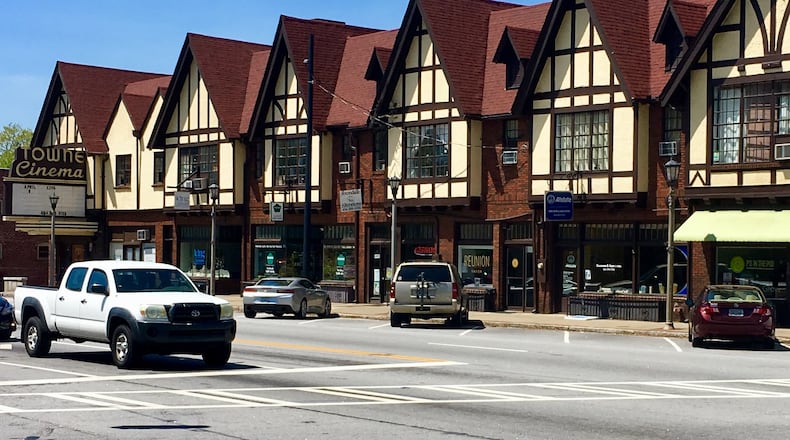Avondale Estates recently held the first in a series of public design meetings aimed at reconfiguring U.S. 278, the city’s primary thoroughfare, or specifically a three-quarter mile stretch from Ashton Place to Sams Crossing. The meetings will last through late Feb. 2019, after which city consultant Stantec will create a formal design for the corridor.
The city has long desired a road diet, or a slicing of 278 from five to three lanes. Since U.S. 278 is a state highway, final approval of all plans comes from the Georgia Department of Transportation. GDOT is scheduled to submit its traffic report to the city in late January, a document that will determine once and for all if Avondale gets its diet.
Other preliminary plans call for safer crossings, green infrastructure to filter storm water, bike lanes and wider sidewalks. Stantec will also study more efficient signal timing (there are five intersections with traffics lights throughout the corridor) and eliminating some of the road’s numerous curb cuts.
After the design process comes acquiring right of way and then construction, which may begin as early as 2021.
The road is a busy one, averaging 20,200 vehicles daily according to Assistant City Manager Keri Stevens. During peak hours about 70 percent of that is through traffic.
“It’s not that we want to get rid of cars,” Stevens said. “We want to capture them. Ultimately we want to make Avondale a destination for shopping, restaurants and entertainment.”
About the Author
The Latest
Featured


